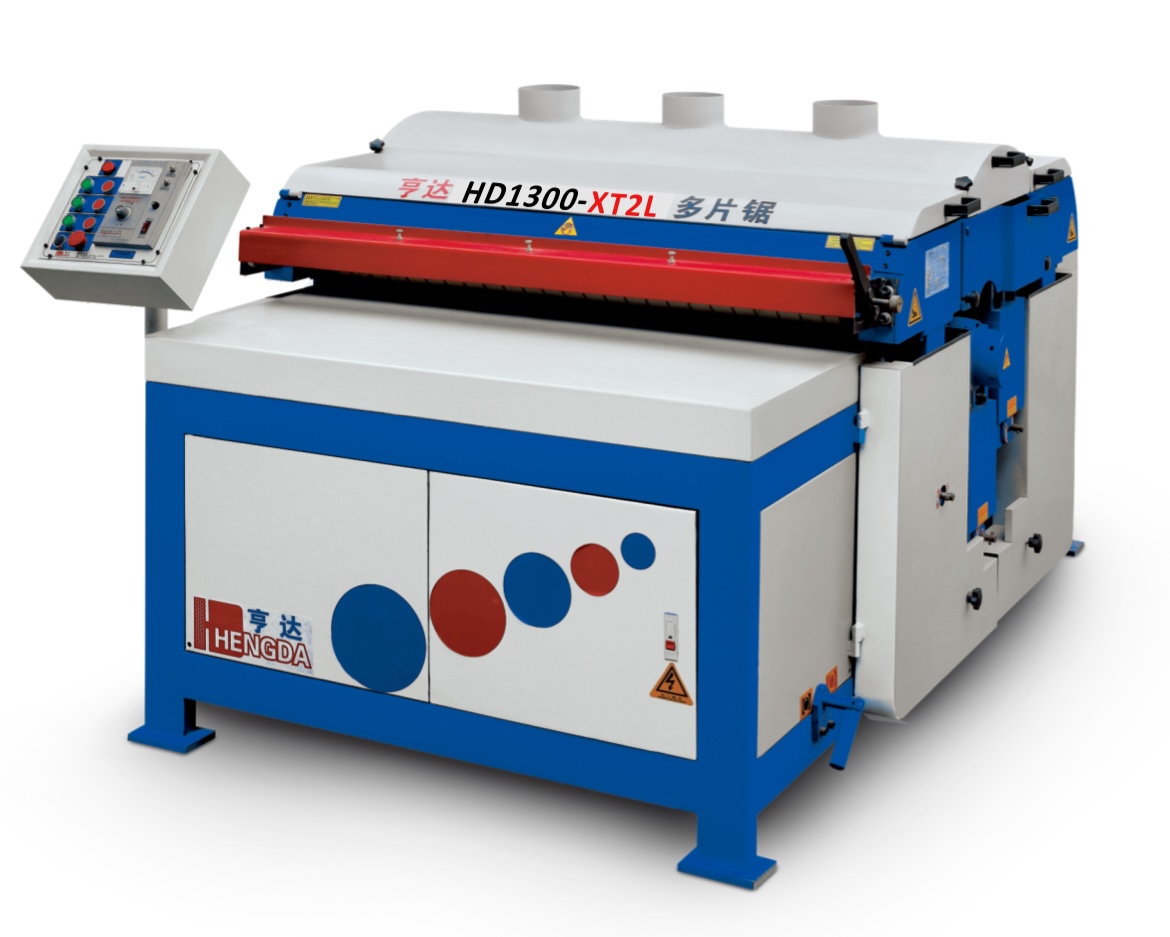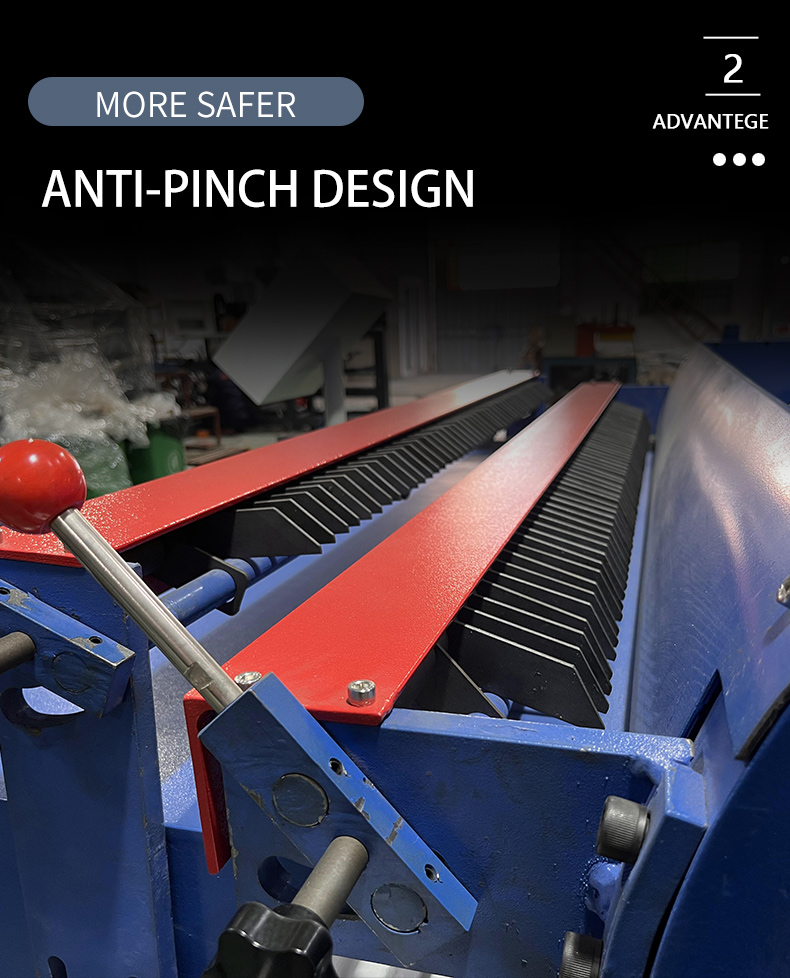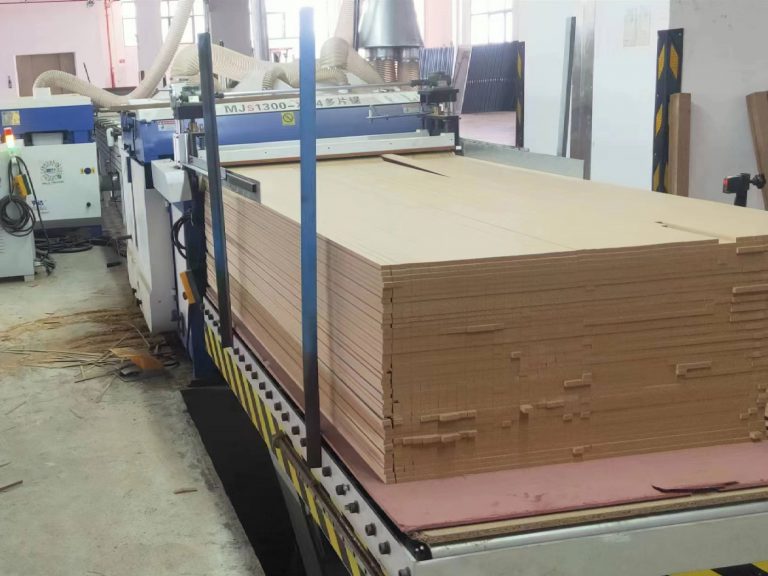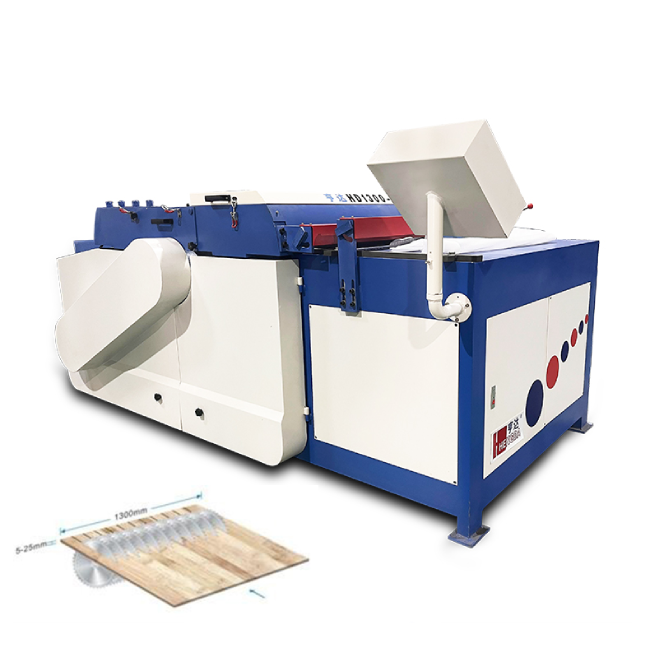
The Hidden Costs of Using Outdated Sawing Equipment — And Why a Multi-Blade Rip Saw is the Smarter Choice
In many woodworking factories, owners often face a difficult decision: should they continue to use their old sawing machines or should they invest in new technology? On the surface, sticking with older machines feels like a way to save money, because the initial purchase cost of a new machine can be significant. However, the truth is that outdated equipment can create a number of hidden expenses that are not immediately obvious. These hidden costs gradually reduce profitability, slow down production efficiency, and even create unnecessary risks.
This is exactly where a modern solution like the multi-blade rip saw comes in. A wood panel multi blade rip saw machine is not simply a faster or fancier version of the old saw—it represents a fundamental improvement in how woodworking production can be carried out. By investing in advanced cutting technology, woodworking businesses can eliminate many of the silent financial drains caused by outdated machines.
Increased Downtime and Maintenance
Every machine requires maintenance, but the difference between older equipment and modern machinery is the frequency and severity of breakdowns. An outdated saw has already gone through years of heavy use, which means components are worn, belts and bearings fail more often, and blade alignment is harder to maintain. This leads to sudden stoppages that disrupt the entire production schedule.
The hidden cost here is not only the repair bill itself. When a production line stops because a saw has failed, workers are left idle, delivery schedules are delayed, and customer satisfaction suffers. In addition, sourcing replacement parts for older machines can be both time-consuming and expensive, since many spare parts may no longer be manufactured.
By contrast, a modern multi-blade rip saw is designed for reliability and reduced downtime. With stronger frames, improved spindle systems, and advanced feeding mechanisms, these machines can run continuously with minimal interruptions. Less downtime means fewer disruptions, more consistent productivity, and ultimately, better profits.
Lower Cutting Precision
In the woodworking industry, precision is everything. Whether a factory produces furniture, flooring, or packaging, customers expect products with consistent dimensions and clean finishes. Older saws often struggle to deliver this level of precision because of blade wobbling, unstable feeding, and worn-out calibration systems.
The hidden cost is that inaccurate cuts lead to rework, additional sanding, trimming, or sometimes complete rejection of materials. Every time a worker needs to adjust or redo a cut, productivity drops. Inconsistent results can also create bottlenecks further down the production line, delaying assembly and finishing.
A wood panel multi blade rip saw machine solves this problem by cutting multiple strips in one pass with outstanding accuracy. The material passes steadily through the feeding system, and the blades are perfectly aligned to ensure every piece is identical. This not only improves the quality of the finished product but also saves valuable time and labor. Over the long term, consistent precision translates into higher customer satisfaction and stronger business reputation.
Higher Material Waste
Wood is a valuable and costly raw material, especially for factories working with large volumes every day. Outdated saws typically have wider kerfs, uneven blade paths, and less efficient material handling. These shortcomings translate directly into more sawdust and unusable offcuts.
The hidden cost here is twofold. First, factories spend more money purchasing raw wood because a significant portion is lost as waste. Second, managing and disposing of wood waste also requires resources—whether that’s labor, storage, or transportation.
A multi-blade rip saw is engineered to maximize material yield. With thinner kerfs and optimized cutting precision, factories can extract more usable pieces from each panel or plank. Even small percentage improvements in yield add up to massive cost savings over time, especially for businesses cutting hundreds of panels daily. For industries like packaging or flooring, where material efficiency directly impacts competitiveness, reducing waste is a critical advantage.

Energy Inefficiency
Another cost that often goes unnoticed is energy consumption. Outdated sawing equipment typically runs on less efficient motors, requires longer operating times, and lacks modern dust collection systems. This not only increases electricity bills but also creates a less healthy working environment for employees.
The hidden cost is significant because energy bills accumulate month after month, and poor dust management can lead to frequent cleaning, damaged equipment, and even health issues among workers. A dusty, unsafe workplace also increases the likelihood of inspections and fines, depending on local safety regulations.
Modern multi-blade rip saws address these issues by using energy-efficient motors, better feeding systems, and integrated dust extraction. This lowers operating costs, reduces environmental impact, and creates a cleaner, safer workspace. In the long term, energy efficiency is not just about cutting bills—it is about running a more sustainable and responsible factory.
Worker Safety Risks
Perhaps the most dangerous hidden cost of outdated equipment is the lack of modern safety features. Many older saws lack automated feeding systems, safety guards, or emergency stop functions. Operators are forced to handle materials more closely to the blades, which significantly increases the risk of injury.
The hidden costs of accidents are severe: medical bills, compensation claims, production delays, and in the worst cases, permanent loss of skilled workers. Beyond financial losses, safety incidents can also damage a company’s reputation and reduce worker morale.
New multi-blade saw machines prioritize operator safety. With automated feeding systems, advanced safety sensors, and quick emergency stops, workers can focus on monitoring production rather than placing themselves in dangerous positions. This not only reduces risks but also builds confidence among employees, leading to a safer and more productive workplace.

Competitive Disadvantage
In today’s fast-moving woodworking market, customers demand high-quality products delivered quickly and at competitive prices. Factories that rely on outdated saws simply cannot match the efficiency and consistency of competitors using advanced machinery.
The hidden cost here is lost opportunities. A factory that produces slowly, with inconsistent results and higher waste, will find it difficult to attract and retain customers in global markets. Over time, this competitive disadvantage can lead to declining sales and shrinking market share.
Upgrading to a multi-blade rip saw is not just about improving cutting—it is about staying competitive. With faster throughput, consistent quality, and lower operational costs, businesses can meet customer demands more effectively and position themselves as reliable suppliers in the woodworking industry.
Conclusion
The idea that keeping old machines saves money is a dangerous illusion. Outdated saws come with numerous hidden costs—frequent breakdowns, poor precision, higher waste, energy inefficiency, safety risks, and reduced competitiveness.
By investing in a wood panel multi blade rip saw machine, woodworking factories can turn these hidden costs into measurable gains. From reducing downtime and material waste to improving precision and safety, the benefits extend far beyond cutting wood—they directly impact profitability, sustainability, and long-term success.
In today’s woodworking industry, efficiency is not optional. The multi-blade rip saw is not just a tool—it is a strategic investment that allows factories to remain competitive, efficient, and future-ready.


